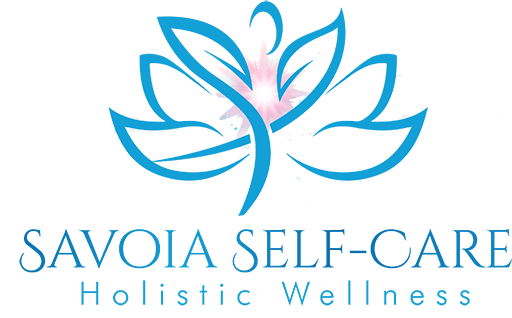DID YOU KNOW? Horses only breathe through their noses!
Happy Self-Care Sunday! What are your Self-Care Sunday plans?
Are you a mouthbreather? Check out the side effects on my Instagram or Facebook.
Did you know that practicing gratitude on a daily basis can literally rewire your brain for positive thinking and help you during challenging times?
🙏🏽 Gratitude Practice 🙏🏽
What is 1 challenge that you overcame that you are grateful for because of all its teachings and insights?
🌸 ====== 🌸
Would you consider breathing like a horse?!
Horses only breathe through their noses. They have a flap of tissue that forms a tight seal over the oral cavity, which prevents them from breathing through their mouths, even in respiratory distress.
Nose breathing is more beneficial than mouth breathing. Breathing through our nose can help filter out dust and allergens, boost our oxygen uptake, & humidify the air we breathe in. Mouth breathing, on the other hand, can dry out our mouth. This may increase our risk of bad breath & gum inflammation. Mouth breathing also makes us more prone to allergies, asthma, and coughing.
Join the monthly online New Moon Breathwork Experience and learn exercises that will help you master nose breathing, enhance lung function and reduce stress. Purchase your tickets here.
Breathing through the nose is the way our bodies were designed. In fact, it’s been said that breathing through your mouth is about as practical as trying to eat through your nose!
According to experts, most people breathe at 10-20 percent of their full capacity. Restricted breathing greatly decreases respiratory function, which in turn decreases energy levels in the body. Since oxygen is our main source of life, and exhalation is the main way to expel toxins from our bodies, poor breathing can contribute to a multitude of health problems, from high blood pressure to insomnia. Poor breathing may even contribute to some forms of cancer: In 1931, Otto Warburg won a Nobel Prize for determining that only oxygen-starved cells will mutate and become cancerous. That should be proof enough to learn how to breathe properly!
Many of us feel stressed out, overworked, and overstimulated during our daily lives, which leaves us in a chronic state of fight or flight response. Breathing in and out through the nose helps us take fuller, deeper breaths, which stimulates the lower lung to distribute greater amounts of oxygen throughout the body. Also, the lower lung is rich with the parasympathetic nerve receptors associated with calming the body and mind, whereas the upper lungs (which are stimulated by chest and mouth breathing) prompt us to hyperventilate and trigger sympathetic nerve receptors, which result in the fight or flight reaction.
Check out my amazing podcast 3 Secrets to Reversing YOUR Biological Age” episode #56 on the Self-Care Goddess Podcast.
Our breath brings oxygen into the body so that we can thrive physically and emotionally and bring balance in our mind and body. Breathwork is trendy right now, but it’s not new. People have been practicing breathwork for thousands of years, and it has roots in yoga practice. The basic idea of breathwork is to release toxins and stress when you breathe out and nourish your mind and body when you breathe in.
I invite you to watch my wellness video “Be Present Through Breath Awareness”

I am a certified Breathwork Facilitator. Connect With Me to know more on the amazing power of breathwork and learn some breathwork techniques than can help you better manage yourself.
References:
Joseph Bennington writer Live Science.com

